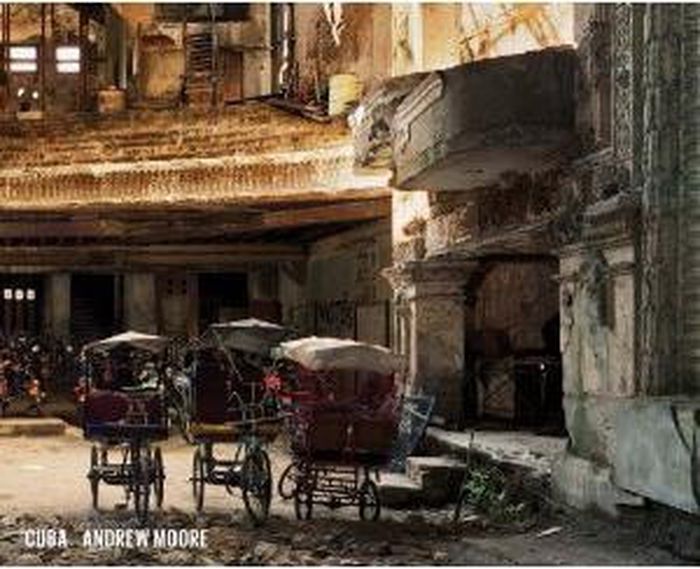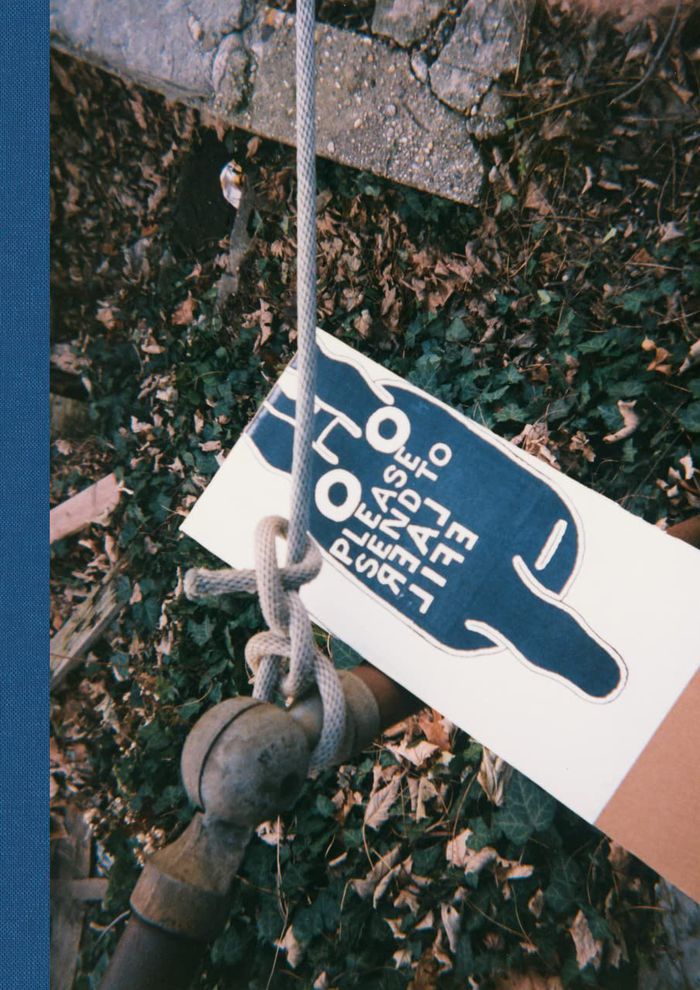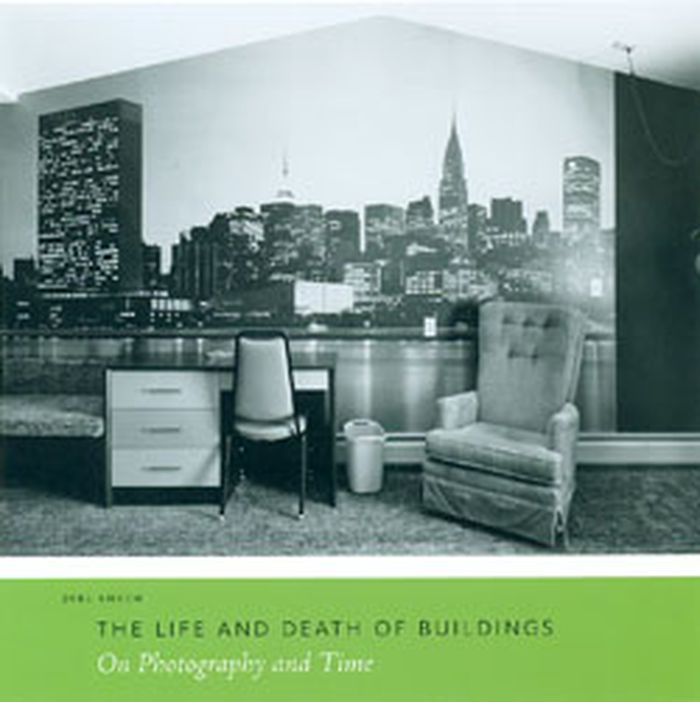Andrew Moore: Cuba
$75.00
(disponible sur commande)
Résumé:
American photographer Andrew Moore began photographing in Cuba in 1998, and over the next fourteen years he made ten further visits, working to reveal the many facets of the island’s unique character and life. In 2002, he published some of this work in Inside Havana, which is now out of print. This new edition includes many of Moore’s older classic images but reconceives(...)
Andrew Moore: Cuba
Actions:
Prix:
$75.00
(disponible sur commande)
Résumé:
American photographer Andrew Moore began photographing in Cuba in 1998, and over the next fourteen years he made ten further visits, working to reveal the many facets of the island’s unique character and life. In 2002, he published some of this work in Inside Havana, which is now out of print. This new edition includes many of Moore’s older classic images but reconceives its predecessor with a new layout and finer, larger reproductions. Cuba also features many older photographs never previously published, as well as new photographs made specifically for this edition. Moore insightfully records the shifting fortunes of Cuba, in photographs full of painterly light and dynamic color. His images span a tremendous variety of subjects, ranging from humble interiors to magnificent modernism, as well as portraits and landscapes.
Monographies photo
$60.00
(disponible sur commande)
Résumé:
A widely connected pioneer of Pop and mail art, Ray Johnson was described as ''New York’s most famous unknown artist.'' Best known for his dense, allusive collages, he stopped exhibiting in 1991, but his output did not diminish. Between 1992 and 1994, using 137 disposable cameras, he created a large body of work that is only now coming to light. Staging his artworks in(...)
Please send to real life: Ray Johnson photographs
Actions:
Prix:
$60.00
(disponible sur commande)
Résumé:
A widely connected pioneer of Pop and mail art, Ray Johnson was described as ''New York’s most famous unknown artist.'' Best known for his dense, allusive collages, he stopped exhibiting in 1991, but his output did not diminish. Between 1992 and 1994, using 137 disposable cameras, he created a large body of work that is only now coming to light. Staging his artworks in settings near his home in Locust Valley, Long Island — parking lots, sidewalks, beaches, cemeteries — Johnson made photographs that make the world of everyday ''real life'' a part of his art. Within a few months, he devised a large new freestanding format for the simplified collages he began calling the ''movie stars'' of his camera tableaux. When he swam to his death at sea on 13 January 1995, Johnson left behind a vast archive that included over three thousand of the late photographs. What he called his ''new career as a photographer,'' which makes its debut in print here, marked the close of a romance with the camera that had spanned four decades of relentless invention.
Monographies photo
$44.95
(disponible sur commande)
Résumé:
Buildings inhabit and symbolize time, giving form to history and making public space an index of the past. Photographs are made of time; they are literally projections of past states of their subjects. This visually striking meditation on architecture in photography explores the intersection between these two ways of embodying the past. Photographs of buildings, Joel(...)
The life and death of buildings: on photography and time
Actions:
Prix:
$44.95
(disponible sur commande)
Résumé:
Buildings inhabit and symbolize time, giving form to history and making public space an index of the past. Photographs are made of time; they are literally projections of past states of their subjects. This visually striking meditation on architecture in photography explores the intersection between these two ways of embodying the past. Photographs of buildings, Joel Smith argues, are simultaneously the agents, vehicles, and cargo of social memory.


